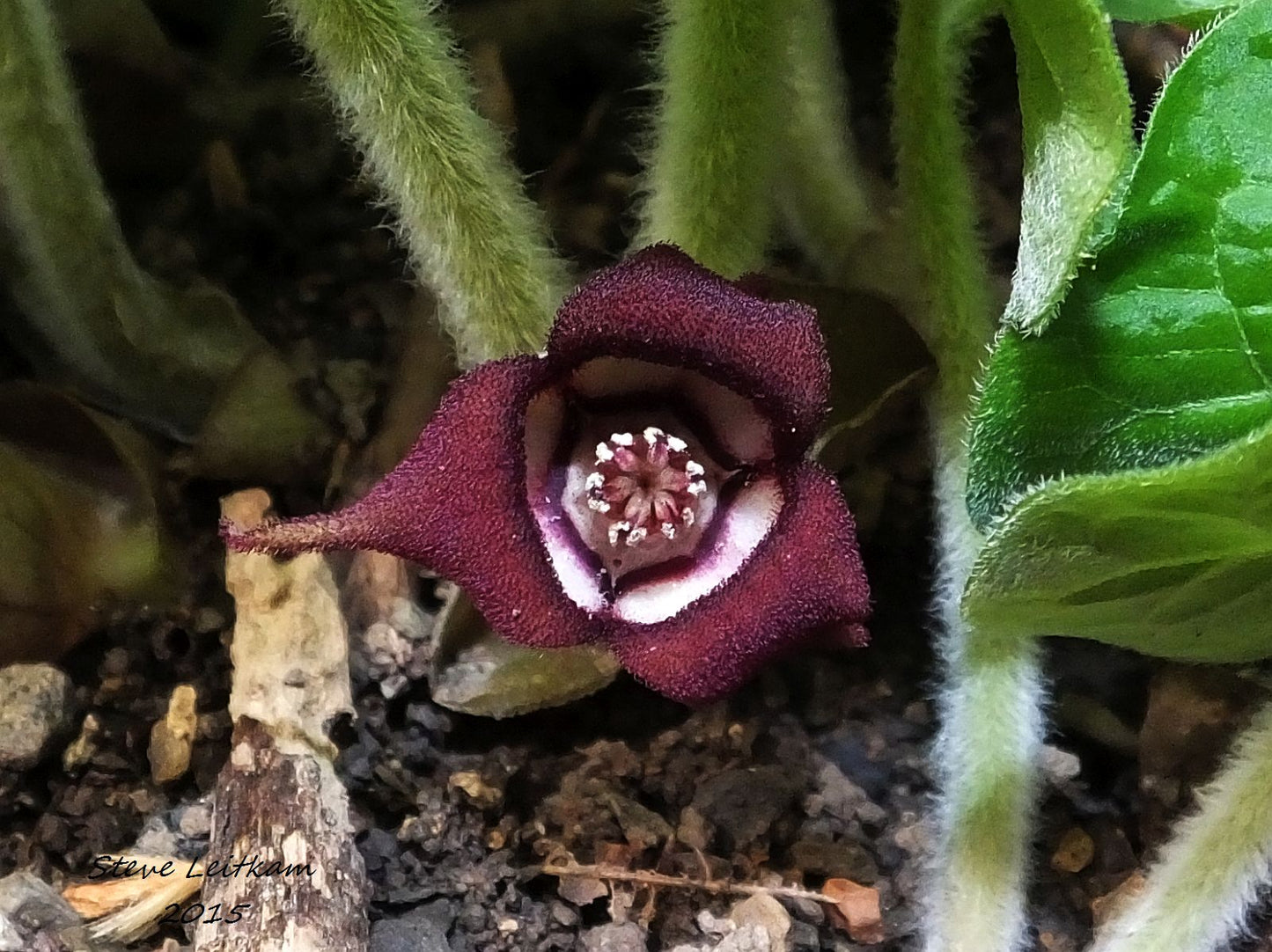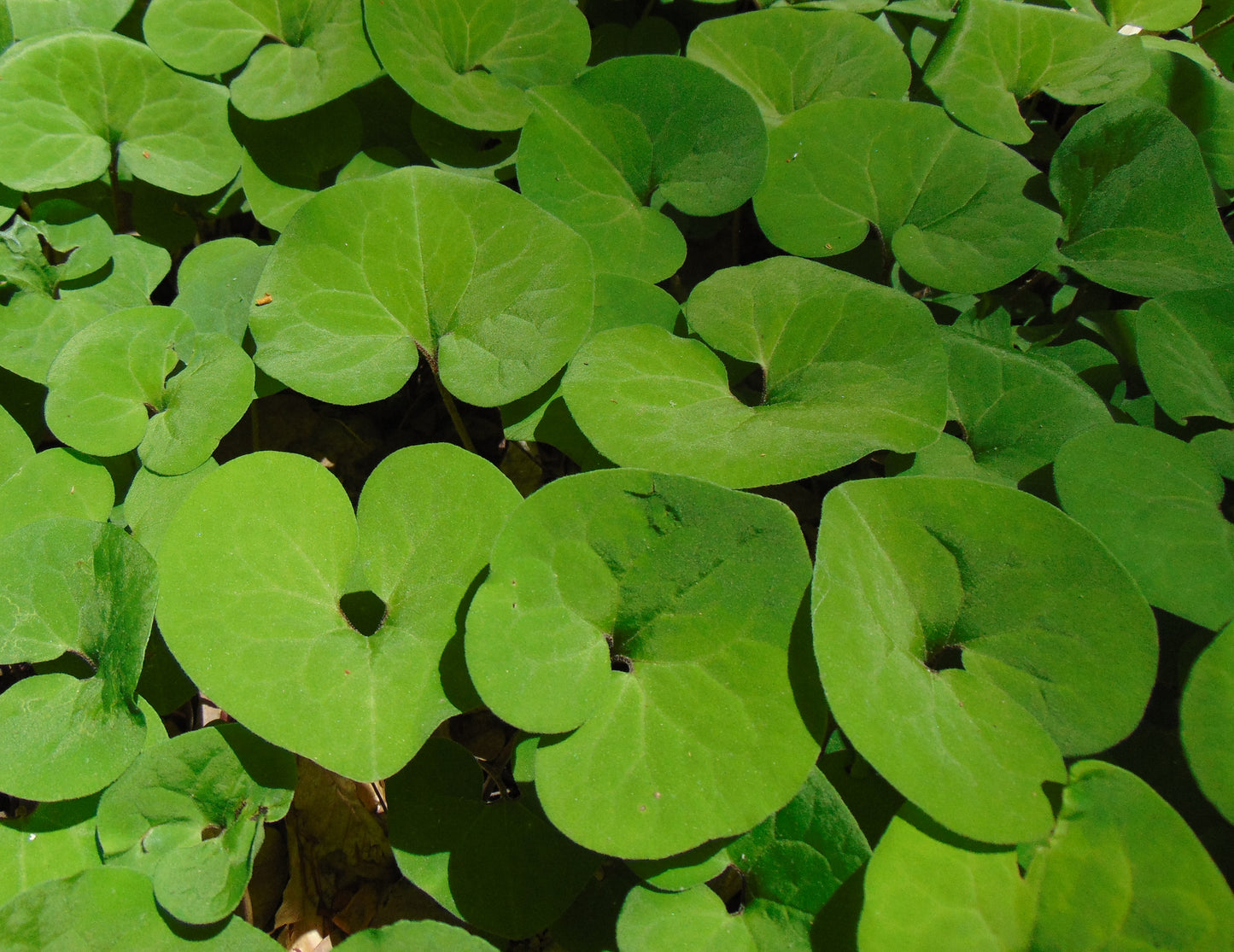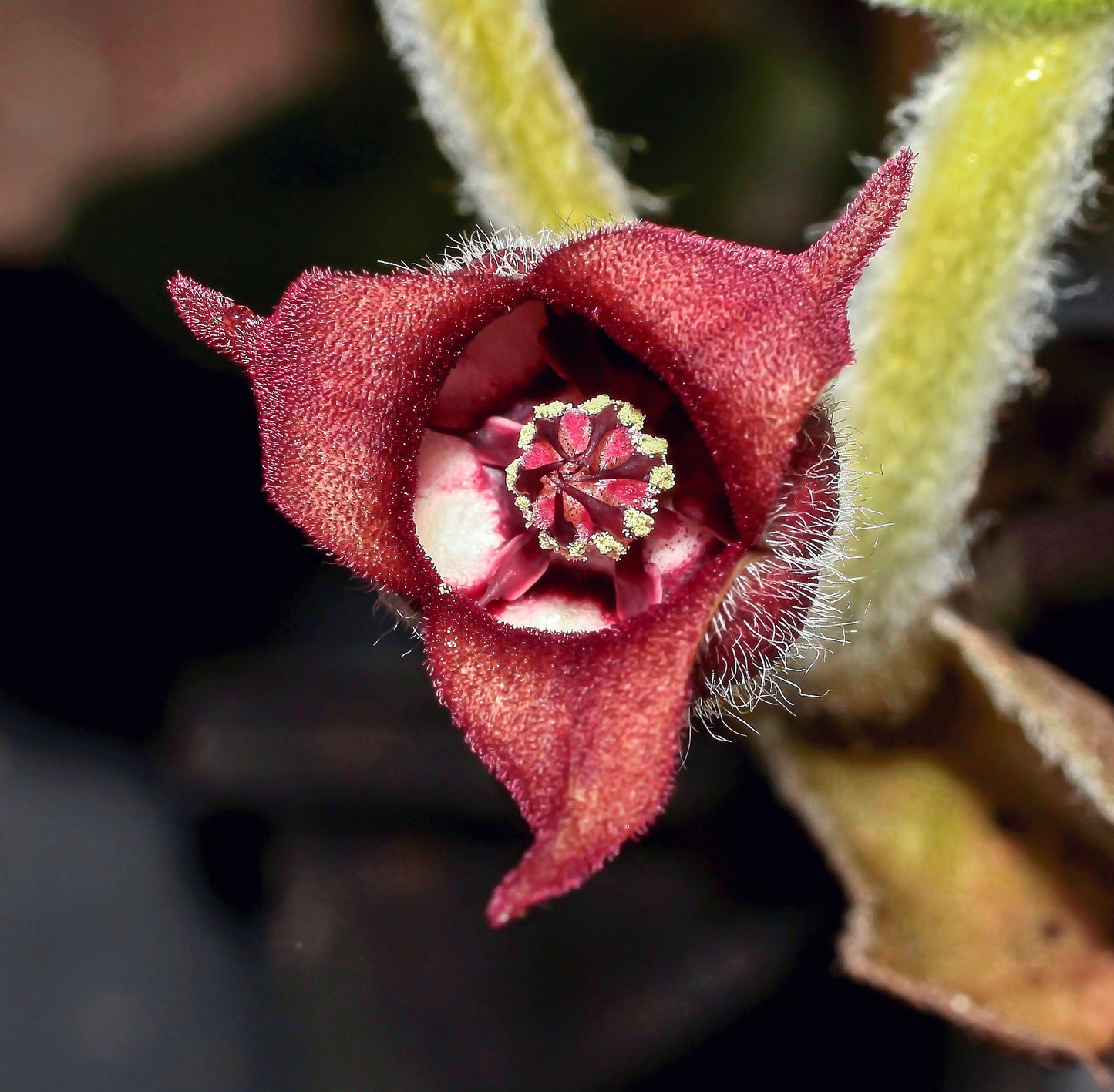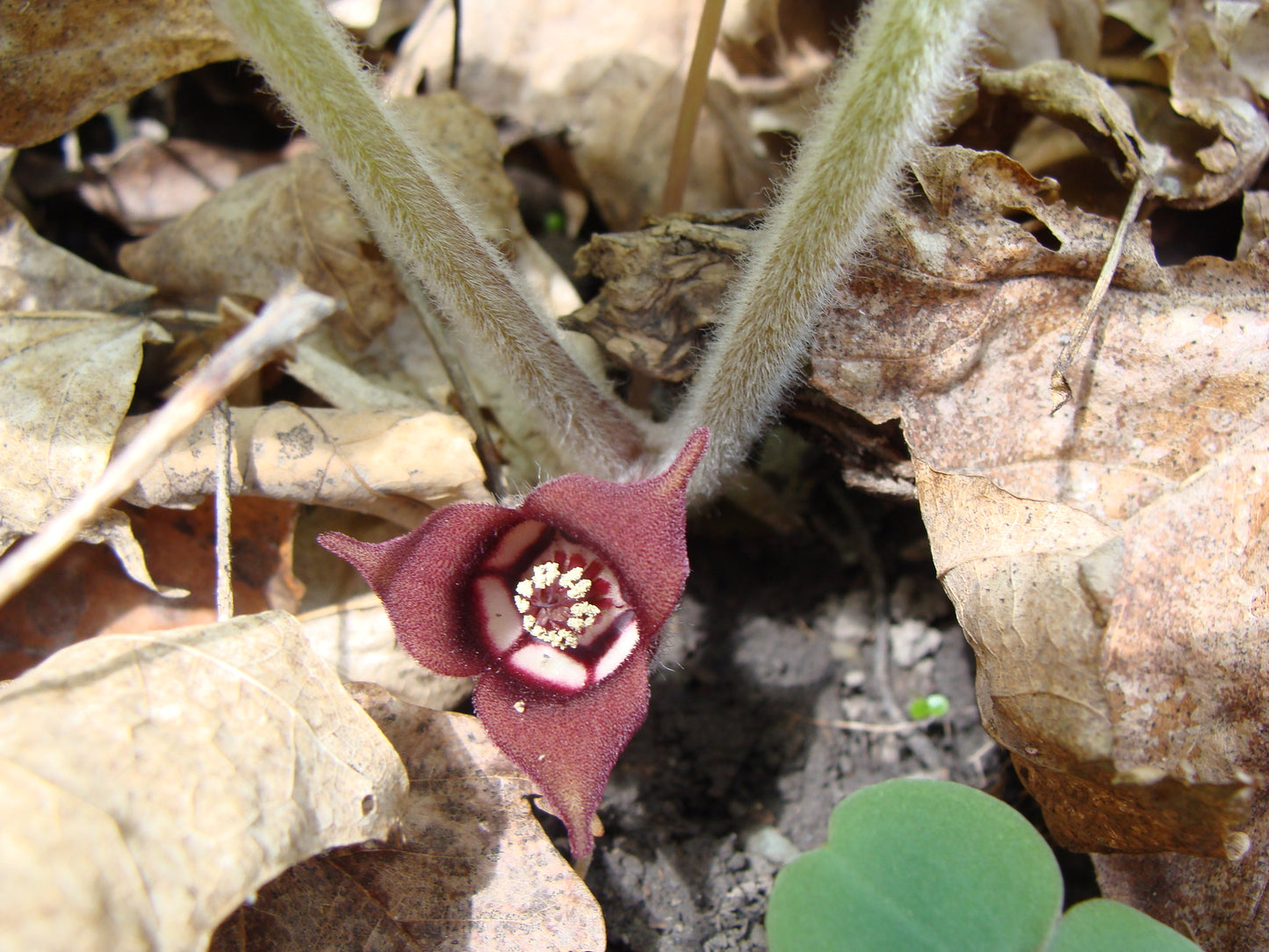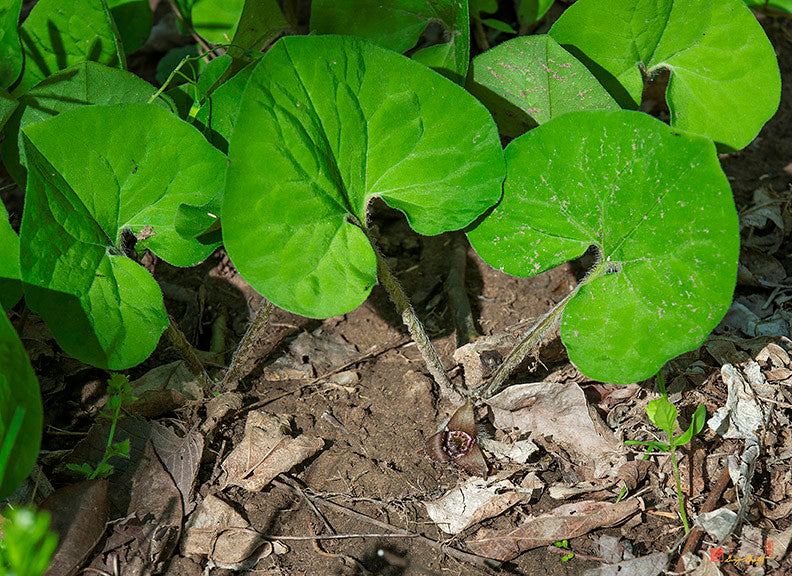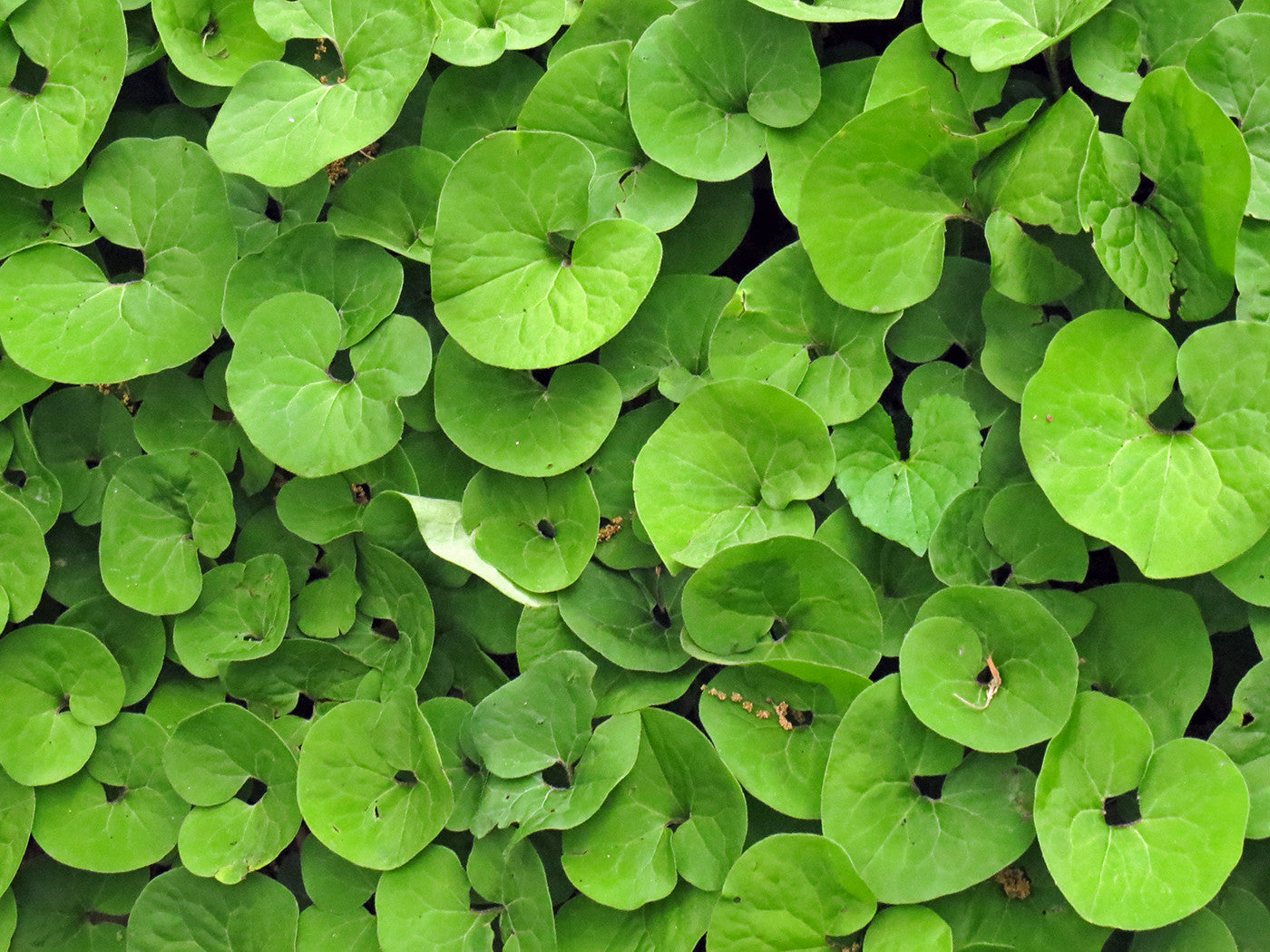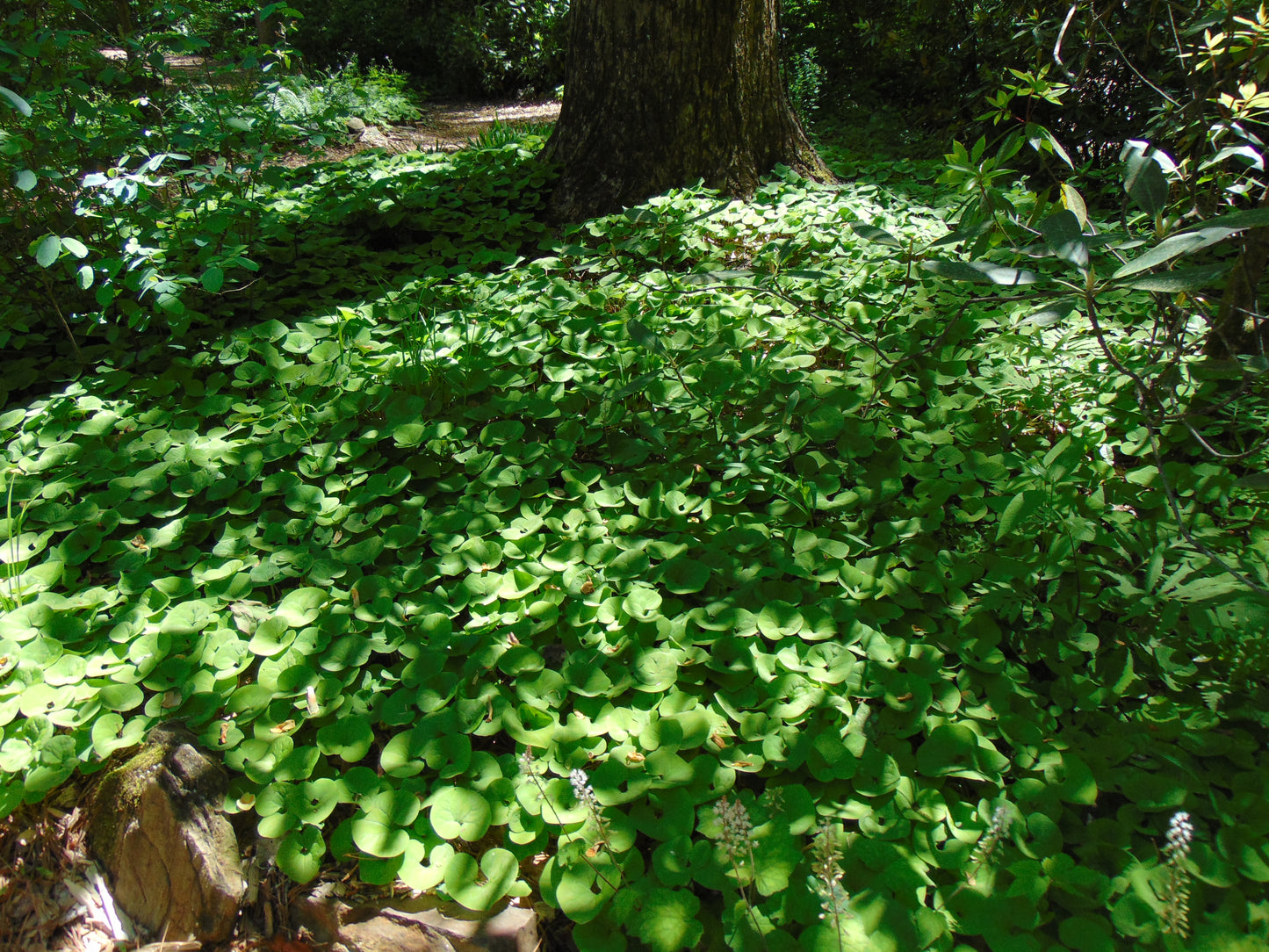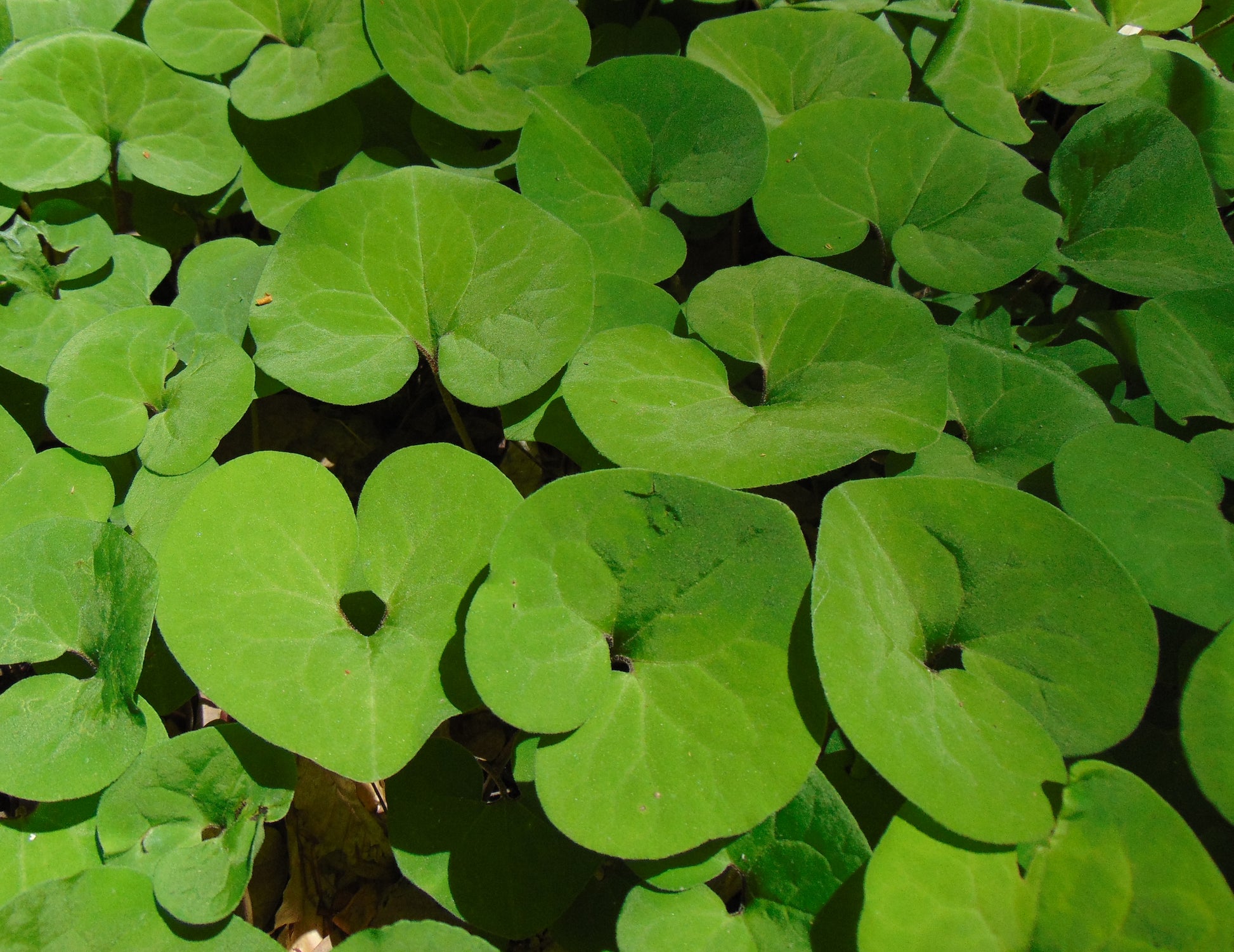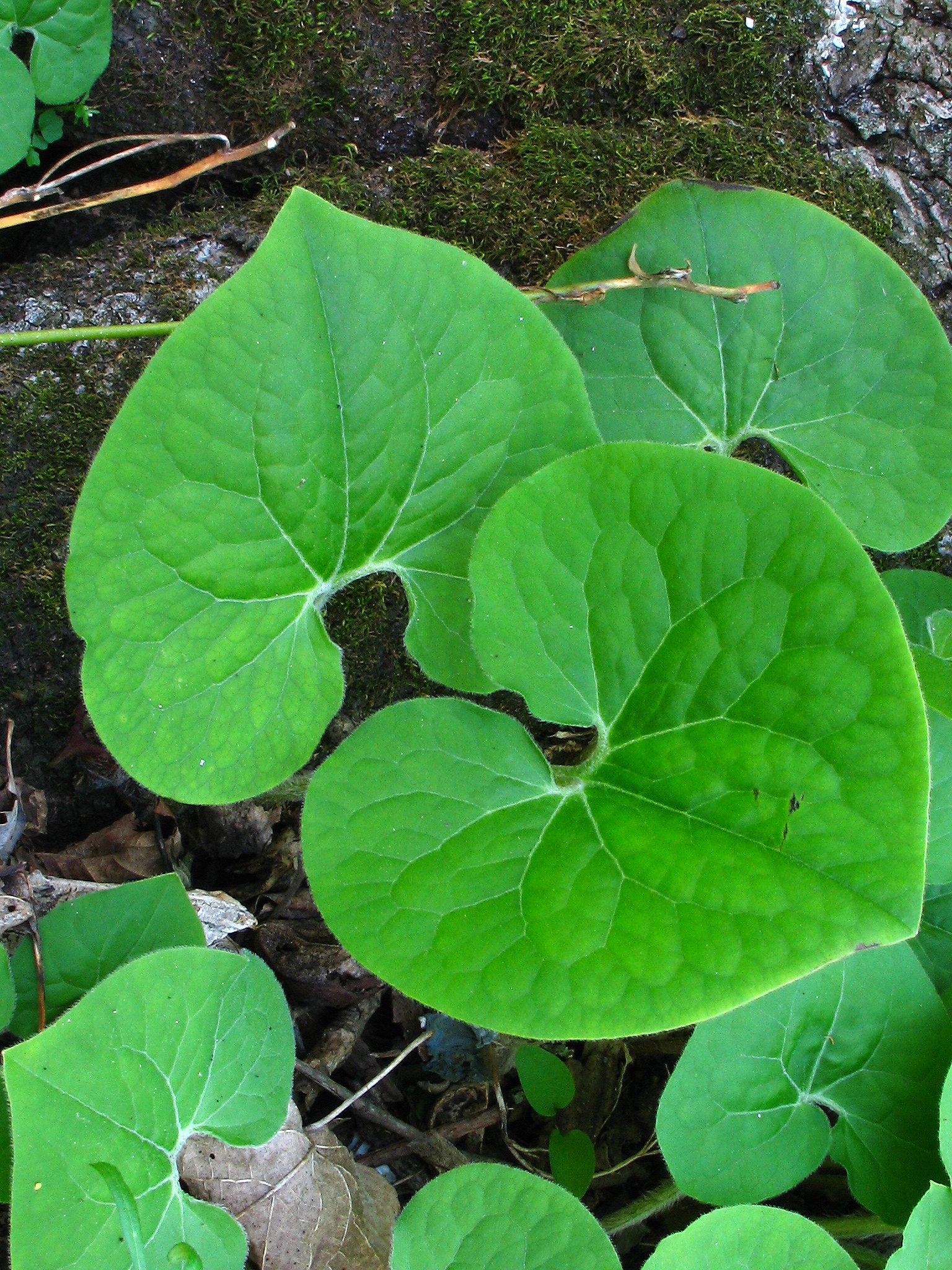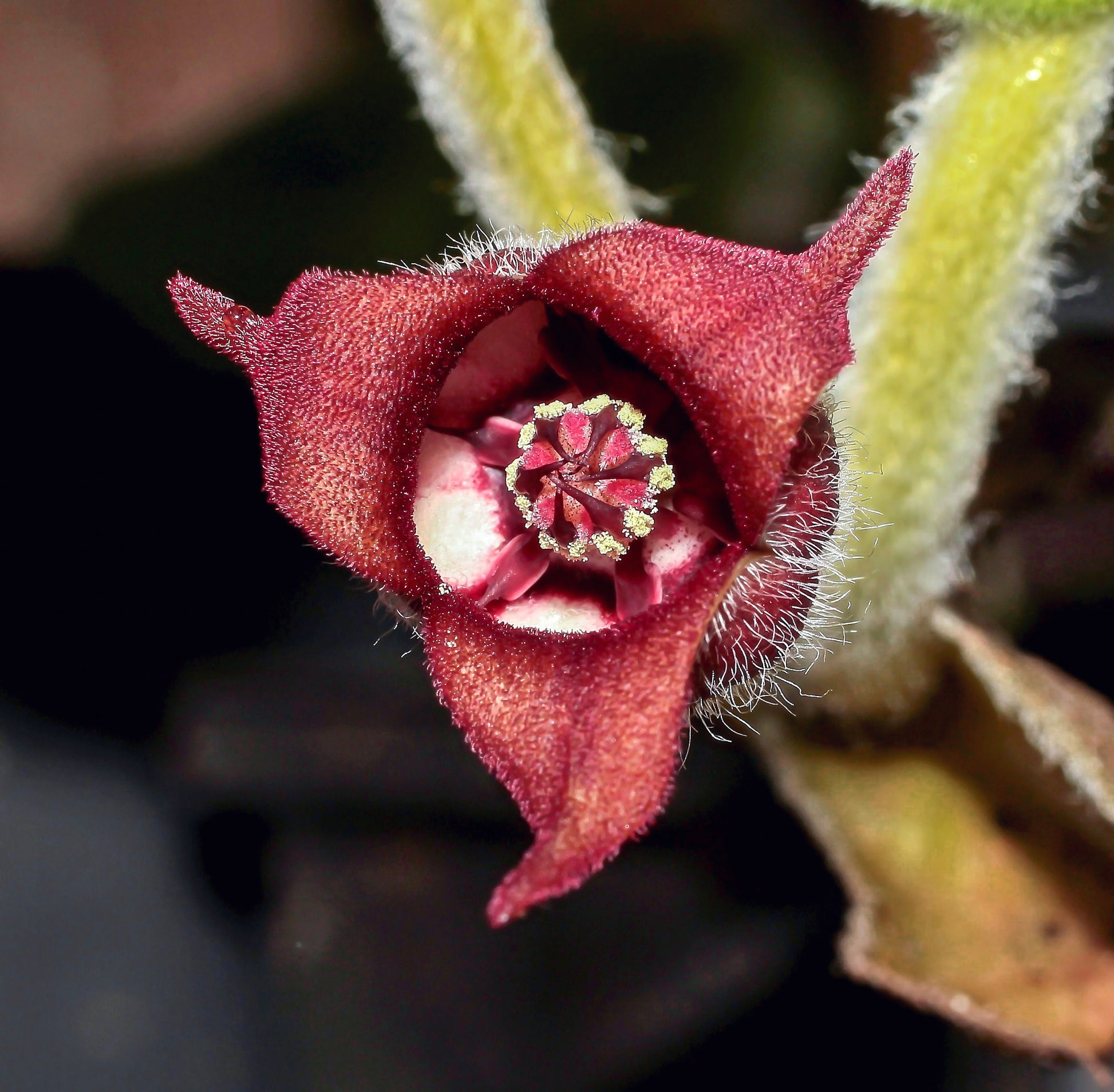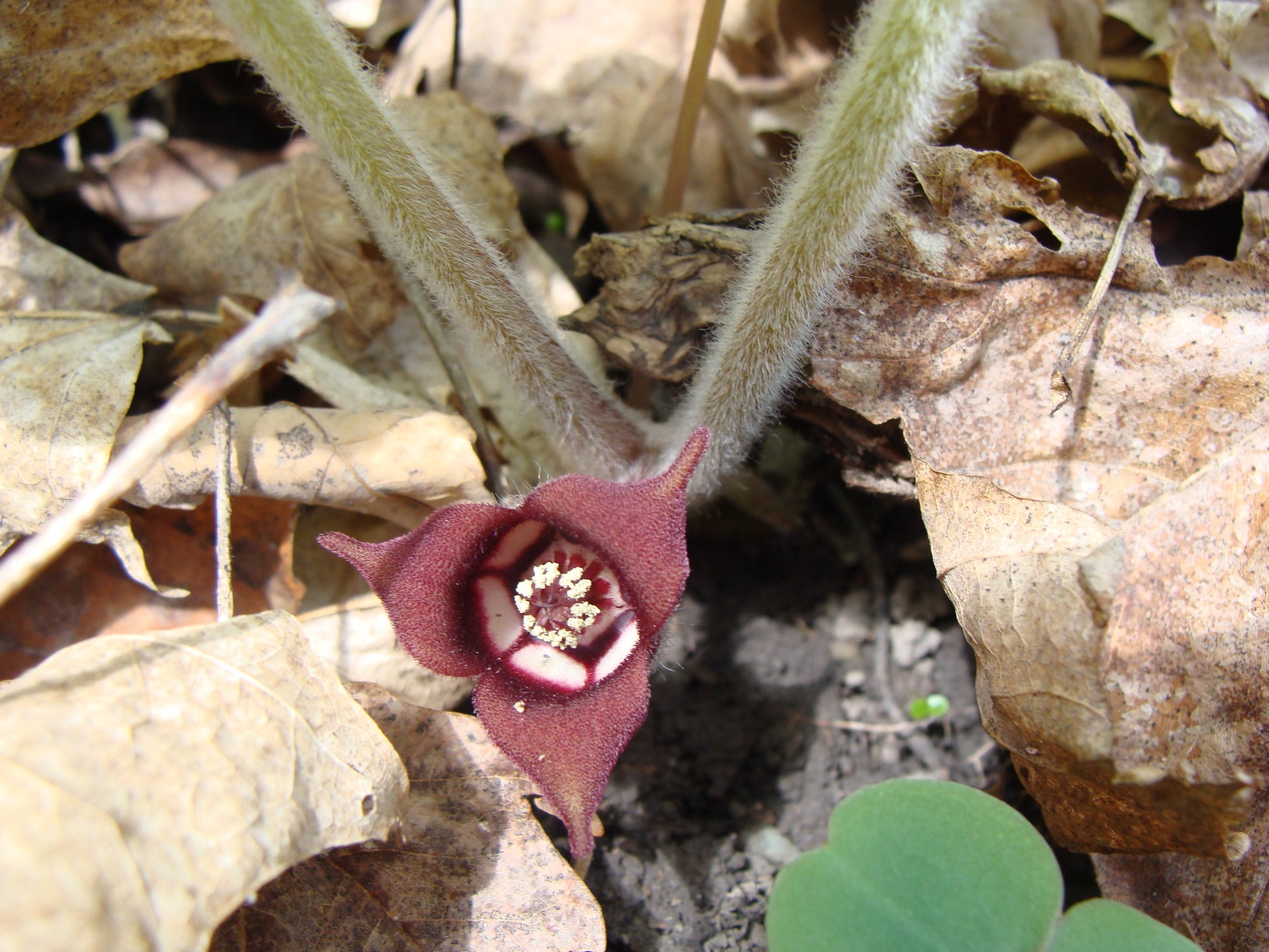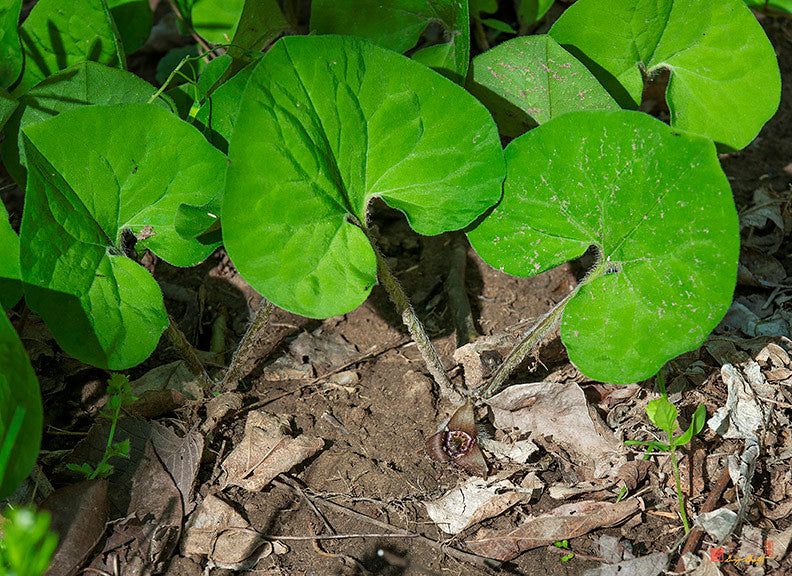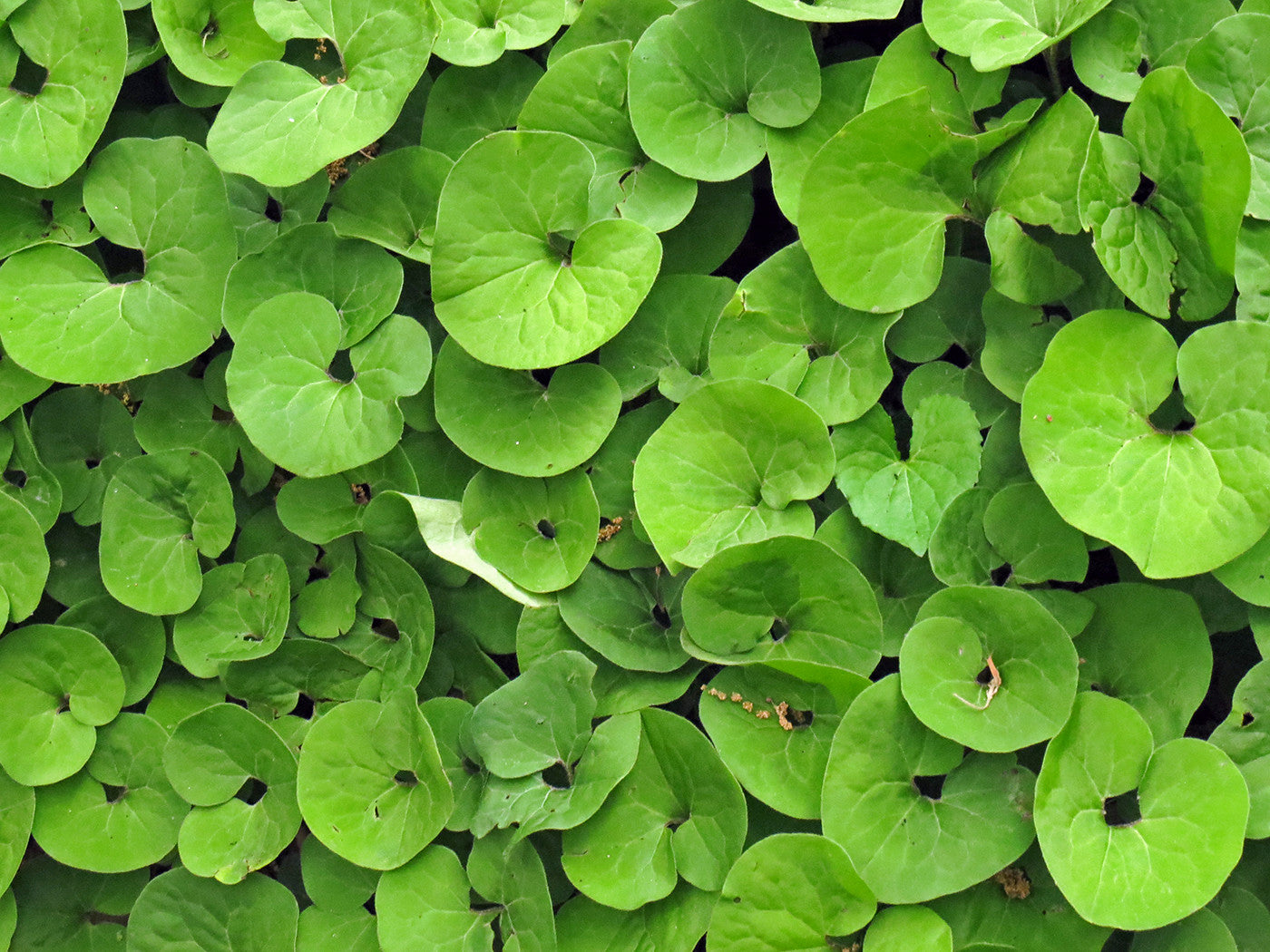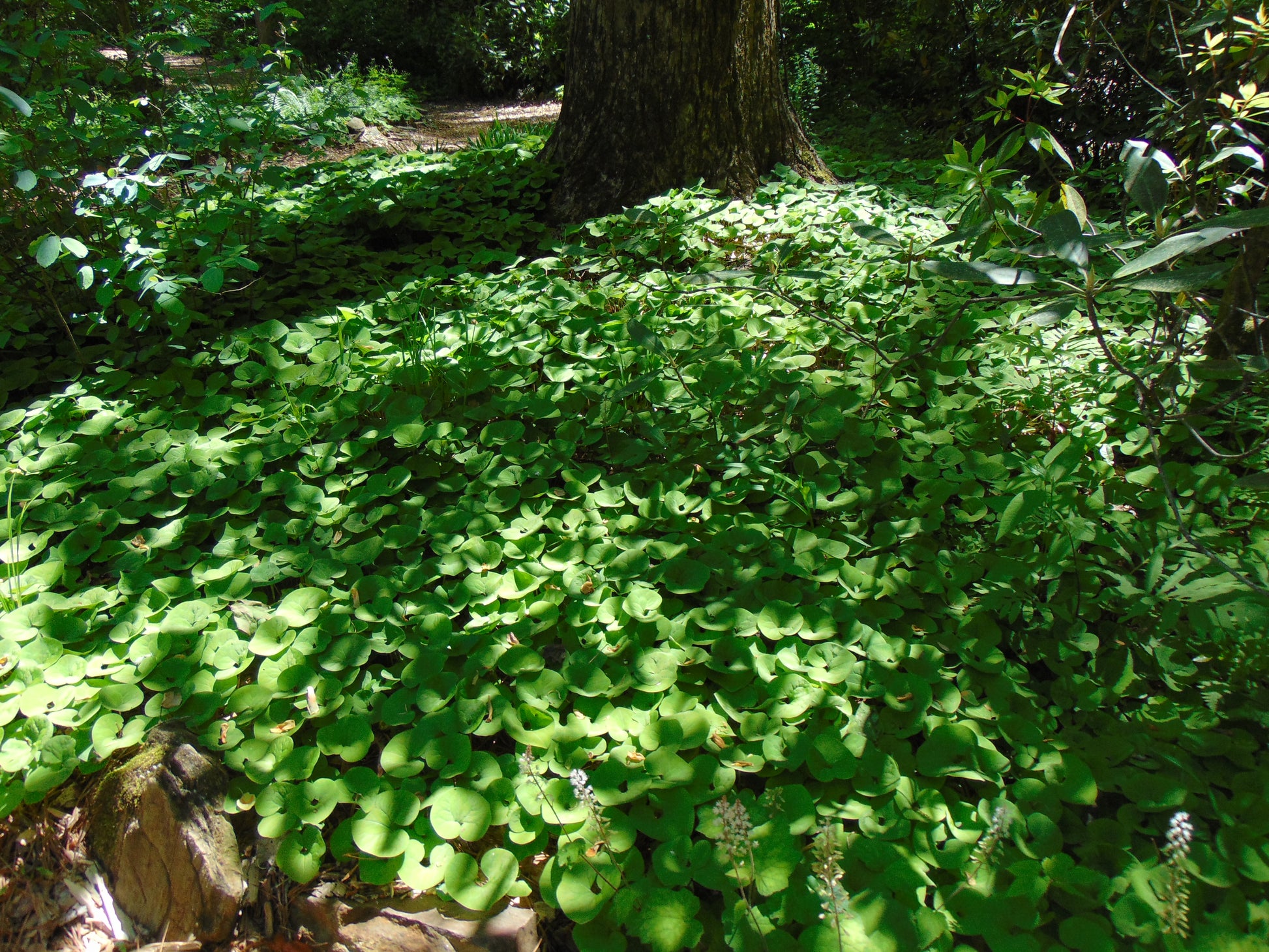Floridaseeds
Wild Ginger Asarum canadense 100 Seeds USA Company
Wild Ginger Asarum canadense 100 Seeds USA Company
Couldn't load pickup availability
Asarum canadense, commonly known as Canadian wild ginger, is a perennial herbaceous plant native to eastern North America. It belongs to the family Aristolochiaceae and is not related to true ginger (Zingiber officinale). Asarum canadense typically grows in rich, moist woodlands, often in shady areas with well-drained soil.
Here are some key characteristics of Asarum canadense:
Leaves: The leaves of Canadian wild ginger are heart-shaped and dark green, with a smooth texture. They grow in pairs and emerge directly from the rhizomes.
Flowers: The flowers of Asarum canadense are unique and often hidden beneath the leaves. They have a purplish-brown color and a tubular shape, with three lobes at the end. The flowers emit a spicy fragrance, similar to that of true ginger, which is where the common name "wild ginger" comes from.
Rhizomes: Like many species in the Asarum genus, Canadian wild ginger spreads via underground rhizomes. These rhizomes give rise to new plants and allow the species to form colonies over time.
Habitat: Asarum canadense is typically found in moist, deciduous forests, often growing in close proximity to streams or other sources of water. It prefers shady conditions and can thrive in acidic soil.
Cultural Uses: Indigenous peoples of North America have historically used Canadian wild ginger for various medicinal purposes, including treating digestive issues, colds, and other ailments. However, it's important to note that the plant contains aristolochic acid, which can be toxic in large quantities, so it should be used with caution and under the guidance of a knowledgeable herbalist.
Garden Use: Asarum canadense is also cultivated as an ornamental plant in shady gardens. It can be a valuable addition to woodland gardens or naturalized areas, providing both attractive foliage and a unique, spicy fragrance when in bloom. Hardy in zones 4-7.
Growing Instructions.
The seeds have a period of dormancy. They can be sown outdoors where they can germinate naturally or they can be cold stratified to simulate winter conditions and to break their dormancy.
Sowing: To break this seed's dormancy, mix it with moist sand and store it in an 80 degrees F location for 60-90 days, followed by 60-90 days in the refrigerator. For fall planting, only the warm period is needed since the winter will provide the necessary cool period. Direct sow the treated seed in spring, sowing the seeds just below the surface and keeping the soil moist until germination. If the soil dries out, germination will be greatly reduced or delayed.
Growing: This plant prefers moist but well drained soil and shade. It grows very slowly, though once established it is a hardy and low maintenance plant. Over time, it spreads by rhizomes and will form a colony. Though it tolerates some drought, it grows best if watered occasionally. A mulch of leaves will help conserve moisture and improve the soil. This plant makes an excellent low ground cover for woodland or shaded areas. The foliage attracts butterflies, especially the Pipevine Swallowtail; it also resists deer.
Materials
Materials
Shipping & Returns
Shipping & Returns
Dimensions
Dimensions
Care Instructions
Care Instructions
Share
